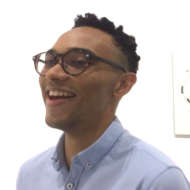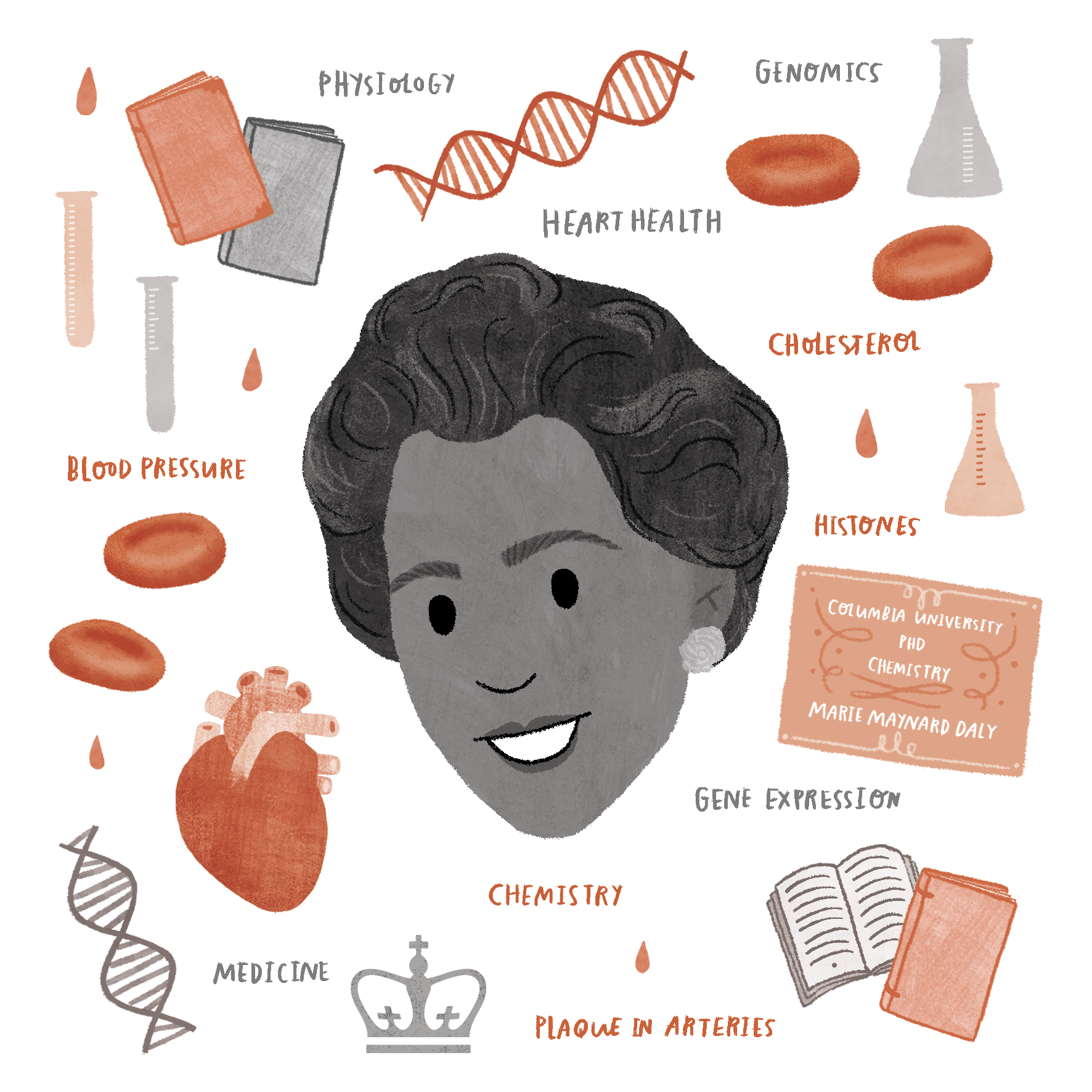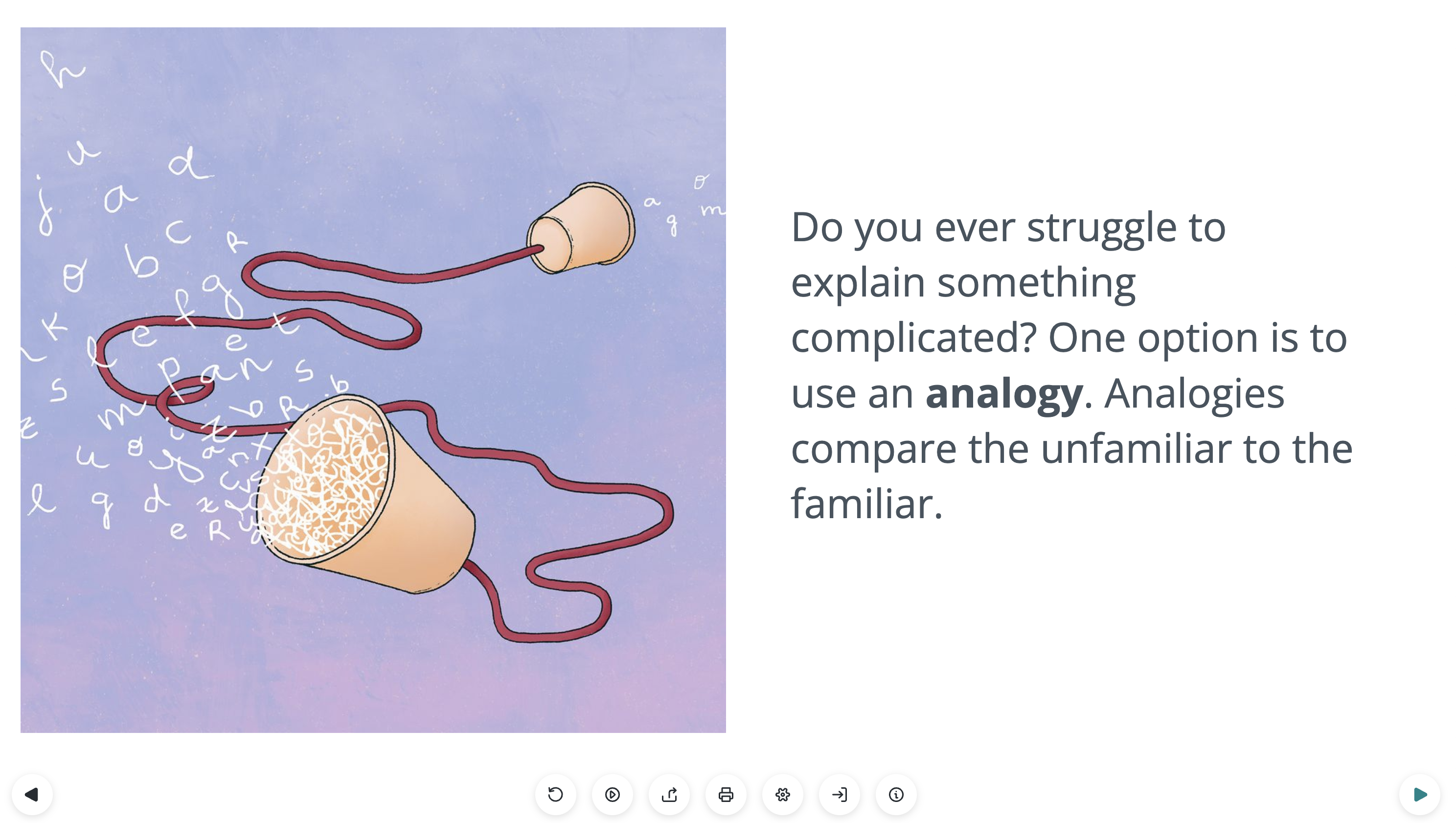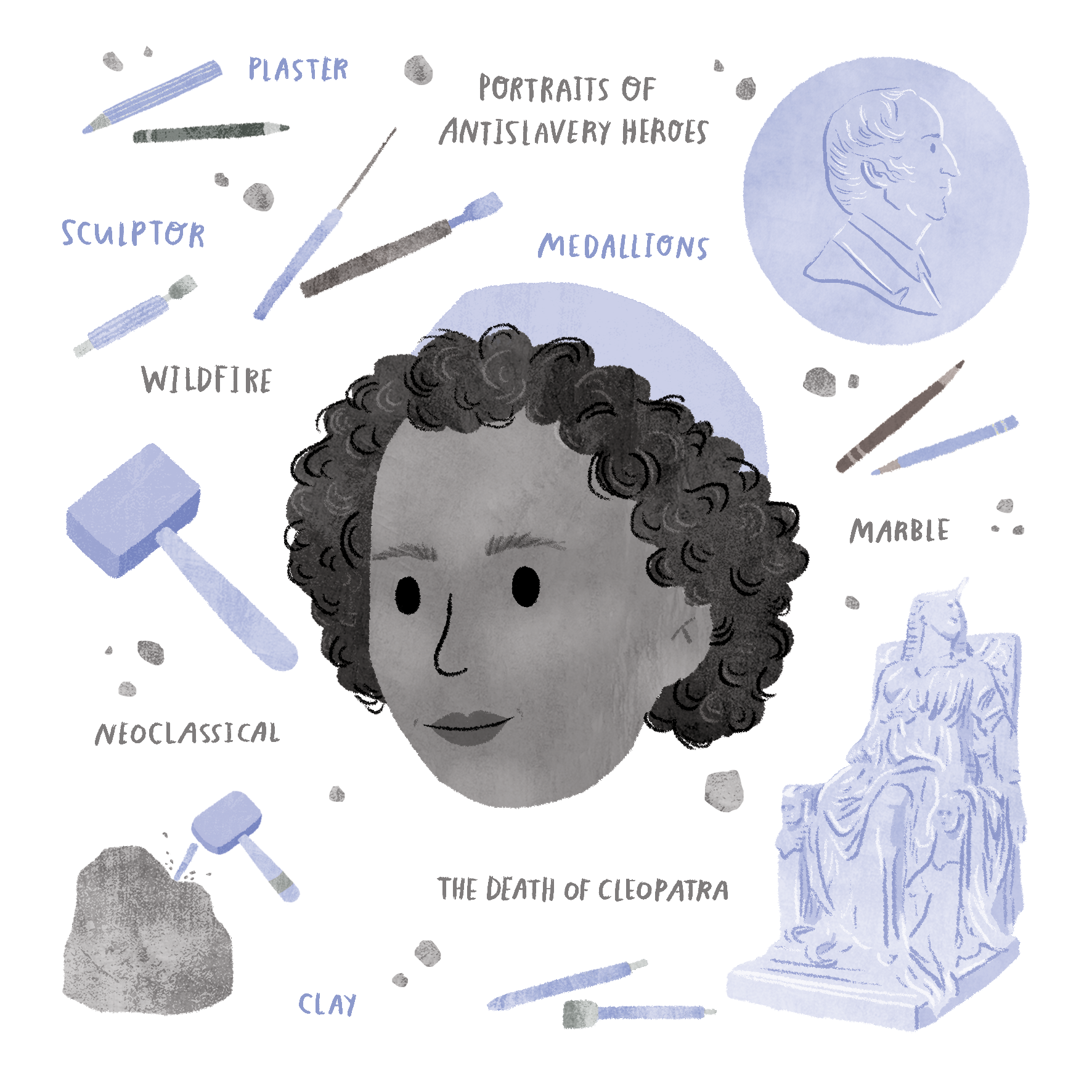Here at Lifeology, we hope to raise the visibility of art as a critical component of science and health communication. That starts with letting the scientific and broader communities know about the work of amazing and diverse science artists. Today we are featuring Jordan Hunter, an Illustrator and Graphic Designer who is passionate about science storytelling.
Tell us a bit more about yourself! How did you get into art?
I’m an Illustrator and Graphic Designer who lives in Glasgow, Scotland. I formally chose my career path at age 4, while frantically trying to build, in real-time, paper-mache pencil pots out of toilet roll tubes with Art Attack’s Neil Buchanan.
Since studying in Dundee, Scotland, I’ve worked with local businesses, charities and individuals to illustrate stories and engage visually with the public. My favourite recent project involved working in collaboration with Super Power Agency to illustrate a collection of short stories by local school children.
What are your favorite things to illustrate?
I love to draw people. I think that introducing character can be a really useful tactic in science illustration, making texts relatable and engaging. I also really enjoy illustrating plants, animals and natural environments.

What art formats do you work with?
My work encompasses both digital illustration and traditional expressive mediums. The majority of my work is drawn or painted with water-colour or other water-soluble methods, and then composed on Adobe’s Photoshop.
Can you describe what your creative process usually looks like?
I begin in my sketchbook, which at times is gridded to allow me to focus on the strict symmetry of my graphic design work, and at other times is an utter mess of scrawled doodles and notes. Here I sieve through a few compositional ideas, often dipping into a number of books for inspiration. At this stage I will always send my client some rough sketches to get the ball rolling.
When drawing, I primarily use water soluble graphite pencils and brush pens. My more detailed illustrations are pulled together digitally from a number of different sources. Lastly, on Photoshop I refine the composition, colour and edit the image.
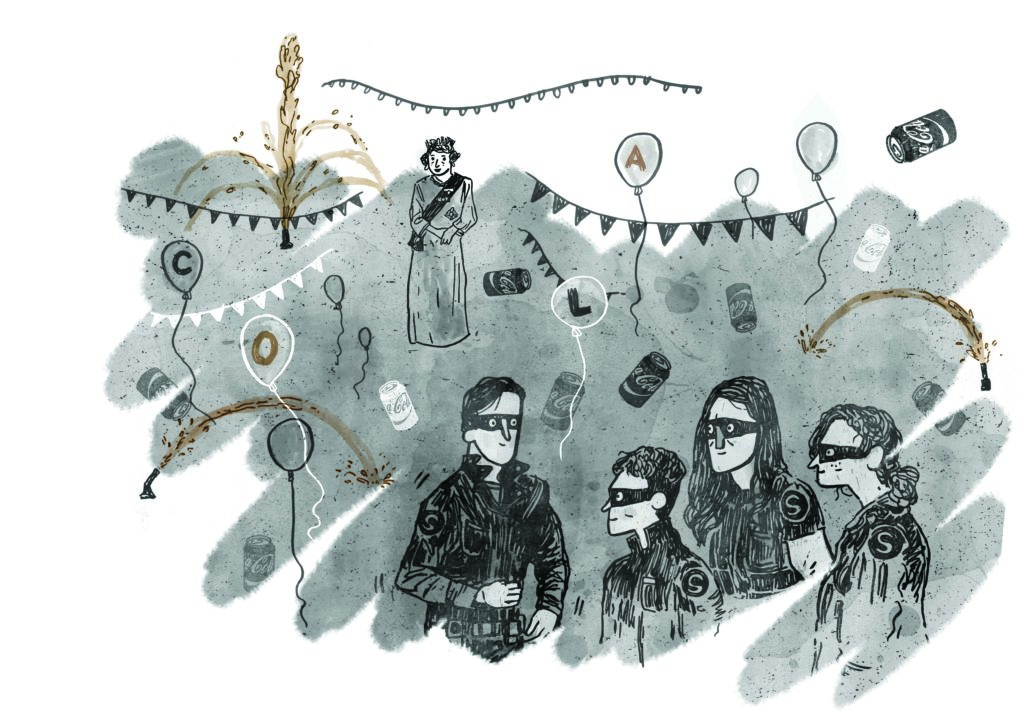
How can scientists or others work with you? What does a successful collaboration look like for you?
A successful collaboration is one where there’s no shortage of ideas, where collaborators are inspired by each other. It’s one where the scientist/client feels like what they set out to portray has been accomplished.
I can be reached by email and would love to discuss psychology and mental health projects.
What tips do you have for scientists wanting to work with artists or get into science art?
I’d advise scientists to expect an open, friendly and collaborative conversation with artists. Distill your idea into its most accessible form and explain it clearly. Your artist will likely begin by sketching up a few rough ideas. These loose sketches are potential avenues, so don’t be discouraged if they don’t immediately hit the mark. Feel free to send your own sketches in return!
Think about your target audience – if the illustration is intended for children or young adults, that should be reflected in the language. Avoid over-complicating the idea. If you’re writing a comic, keep it as short and streamlined as possible.
What tips do you have for other science artists?
When you begin speaking with a scientist, or any client, begin by giving them a rough outline of your design process, a likely time-frame for the final outcome, and some encouragement to participate actively in the design conversation. Asking them questions at this stage will eliminate confusion later, so ask as many open questions as possible!

